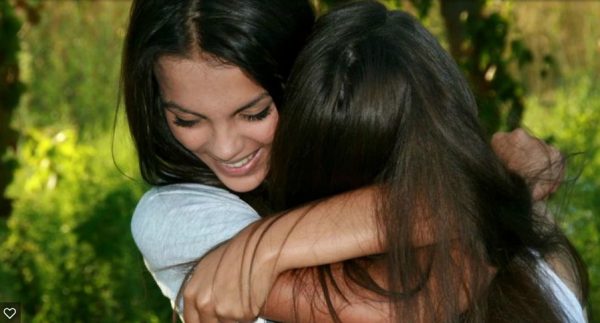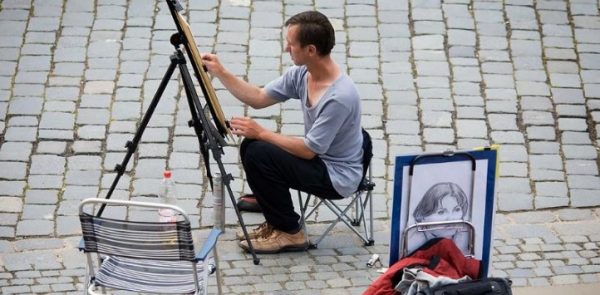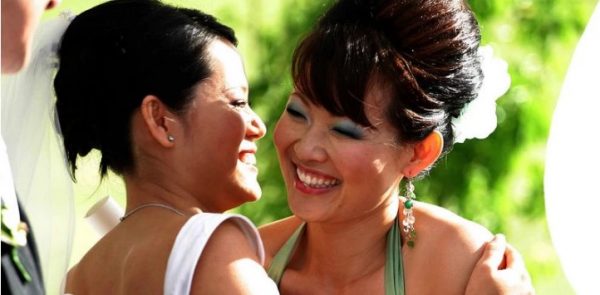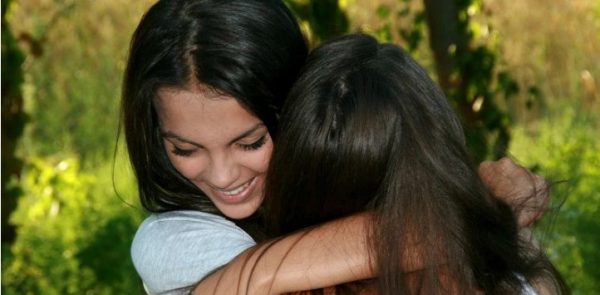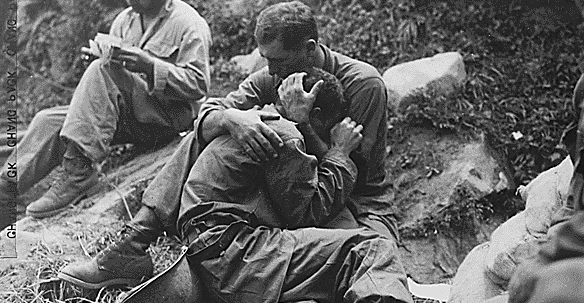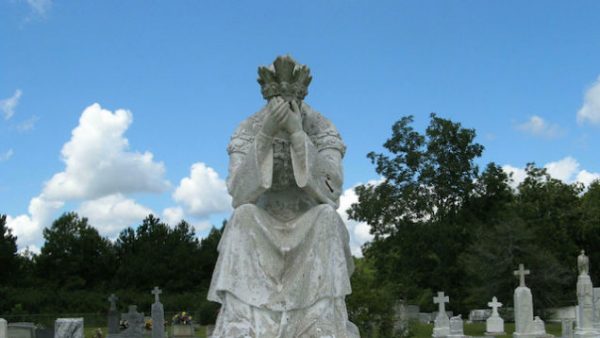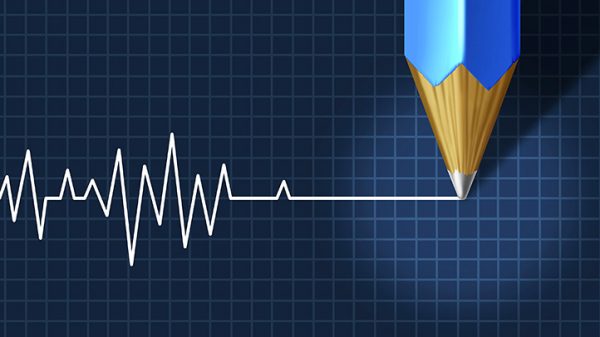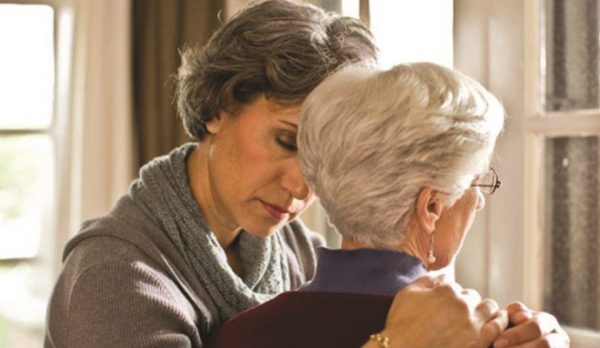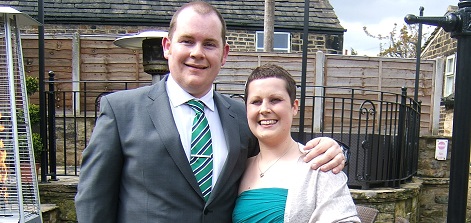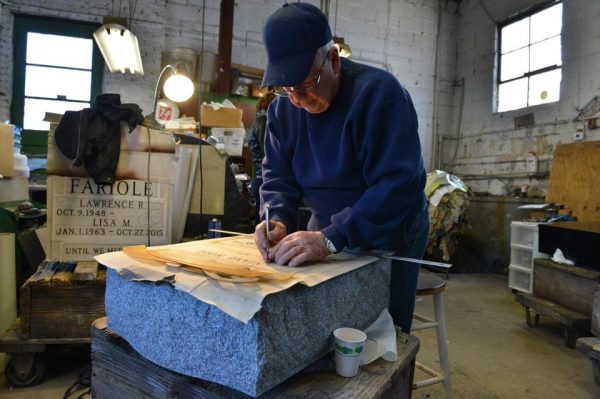
Death is inevitable, but, increasingly, traditional burials are not.
From diamonds made from cremated remains to eco-friendly interments, the $20 billion funeral industry is being reshaped, creating opportunities for the entrepreneurially minded — and financial hardship for those with business models more set in stone.
Consider:
At Rockland Golf Course a few years ago, a kayaker paddled to the middle of a pond with the cremated remains of a golfer who had hit many an errant ball into the water. As the rower released the biodegradable container and the ashes dispersed, a bagpiper played “Amazing Grace” and 75 members of the man’s golf league chipped shots into the water.
A Great Barrington woman wrapped her mother’s body in a cotton sheet and laid her in a cardboard coffin lined with dry ice. The family then held a three-day vigil at her home dance studio, inviting people to play music and see and touch her face for the last time.
In Woburn, a carpenter with a degenerative brain condition is set to be buried in a suit embedded with mushrooms, which will neutralize the toxins in his body as it decomposes into the earth.
In Seattle, plans are underway for a facility to turn corpses into compost; in Italy, a pair of designers is working on a biodegradable burial seed pod that will allow a person’s decaying body to provide nutrients for a tree planted on top of it.
But the number of alternatives to caskets and cemeteries is making life tough for undertakers and monument makers.
At Woodlawn Monuments Inc. in Everett, sales have been in a “freefall” over the past 10 years, said co-owner David DeFilippo. His family has been making tombstones since his great-grandfather opened a shop in 1907, but DeFilippo, 50, said the company – which also employs his mother, aunt, and uncle — is likely to end with him.
“People always say to me, ‘You’re set, people are always going to die,’” said Jeff Hardy, of the Chelmsford burial vault company Hardy Doric Inc. “Well yeah, it’s what happens to them after that keeps changing.”
Death rates are rising as America’s population ages, but with some estimating that cremations surpassed burials for the first time last year, and other cheaper alternatives becoming more popular, profits are being tamped down.
Lewis Funeral Home on Nantucket closed its doors in 2013 after 135 years in business, citing the rise in cremation as a cause. Families who opt for cremation spend 42 cents on the dollar compared with those who have traditional burials, said Teresa Gyulafia, strategic communications director at Batesville, a funeral product manufacturer in Batesville, Ind. — “a big economic burden to the industry.”
Interest in cremations has risen swiftly in recent years, particularly among the growing ranks of the nonreligious. In the 1960s, less than 5 percent of deaths resulted in cremations, according to the Cremation Association of North America. But after the Catholic Church lifted the ban on cremations in 1963 and started allowing cremated remains at funeral Masses in 1997, the practice has become more common. In Maine, which has one of the country’s highest cremation rates, 73 percent of deaths resulted in cremations last year. In Massachusetts, it was 45 percent.
By 2030, the national cremation rate is expected to be 71 percent.
The movement toward cremation and natural burials harkens back to the way things used to be done. Cremation was big during the Roman Empire, before the practice became associated with pagan rituals. Embalming arose during the Civil War as a way to preserve the bodies of fallen soldiers being shipped home from the battlefield.
In response to a shifting market, traditional funeral providers are branching out, offering more custom products and personalized service. To counter a drop in domestic sales, Dodge Co. in Billerica, the world’s largest supplier of embalming fluid, has been selling more sports-themed urns and video tributes. New England Casket Co. in East Boston, founded by an Italian cabinet maker in the 1930s and now run his grandson, makes a casket with a camouflage lining and a rifle holder, among other unique offerings, and has started making more oversized caskets for an increasingly larger clientele.
At Magoun-Biggins Funeral Home in Rockland, owner Bob Biggins offers concierge services: making arrangements with caterers, helping plan dinners at country clubs, and arranging bereavement rates at hotels for out-of-town guests.
Biggins coordinated the golf course memorial. He also put together a funeral procession for an ice cream man led by his iconic truck, complete with popsicles for guests at the grave site, and had a body shop paint a casket to look like a school bus for a local driver.
“You have to adapt to meet what your clients’ needs are,” Biggins said, “and it’s not the old-fashioned cookie-cutter funeral.”
As death becomes less of a taboo topic — at “death cafes” the end of life is discussed over tea and cake — people are also increasingly looking for unique ways to memorialize the dead. Off the coast of Florida, a manmade reef serves as an underwater mausoleum for cremated remains. The Daytona International Speedway considered creating a place to house urns, known as a columbarium, to accommodate NASCAR fans who had been scattering ashes inside the track.
The burgeoning natural burial movement is also changing the industry. The Green Burial Council, which certifies environmentally friendly providers, started with a single funeral home in New Mexico in 2006; today, there are more than 300.
When Mount Auburn Cemetery in Cambridge held a workshop on green burials two years ago, on a sunny Saturday in June, 150 people showed up. “It was the first beach day of the summer, and all these people came to hear about death and disposition,” said Candace Currie, director of planning and cemetery development.
Mount Auburn has sold about half of its 50 natural grave sites in the past two years, and the nonprofit Green Burial Massachusetts Inc. is working to establish the first all-natural cemetery in the state. Mourning Dove Studio in Arlington has seen a sharp uptick in demand this year forbiodegradable caskets made of recycled paper, woven banana leaves, cardboard, and pine.
The process of alkaline hydrolysis, in which bodies are dissolved in a lye-like solution with the help of heat and pressure — seen as a more environmentally friendly alternative to cremation — is legal in a handful of states, including Maine and Vermont.
Some question the movement toward scattered ashes and unmarked graves as too ephemeral.
“How are we going to record our existence?” said Jacquelyn Taylor, a former professor of funeral service education at Mount Ida College in Newton who works as a data analyst for the Dodge Co.
But just because people want a natural burial doesn’t mean they don’t want a place to be remembered.
Dennis White, the Woburn carpenter with a degenerative brain disease, will be the first person to be buried in a Coeio mushroom suit. White, 64, liked the idea of returning his body’s energy to the earth, free of toxins, but wanted a plaque to mark his final resting spot. In Limington, Maine, he and his wife found a cemetery that would let them do both.
Ann-Elizabeth Barnes, the Western Massachusetts woman who held a home funeral for her mother and helps others do the same, said the experience helped bring her closure.
“The first day she looked like herself. She had a little smile on her face. She looked quite peaceful,” she said. “The next day she was just a little bit caved in. The next day she was definitely a cadaver.”
At that point, Barnes knew, “It’s time, she’s gone, we can really say goodbye.”
Complete Article HERE!

